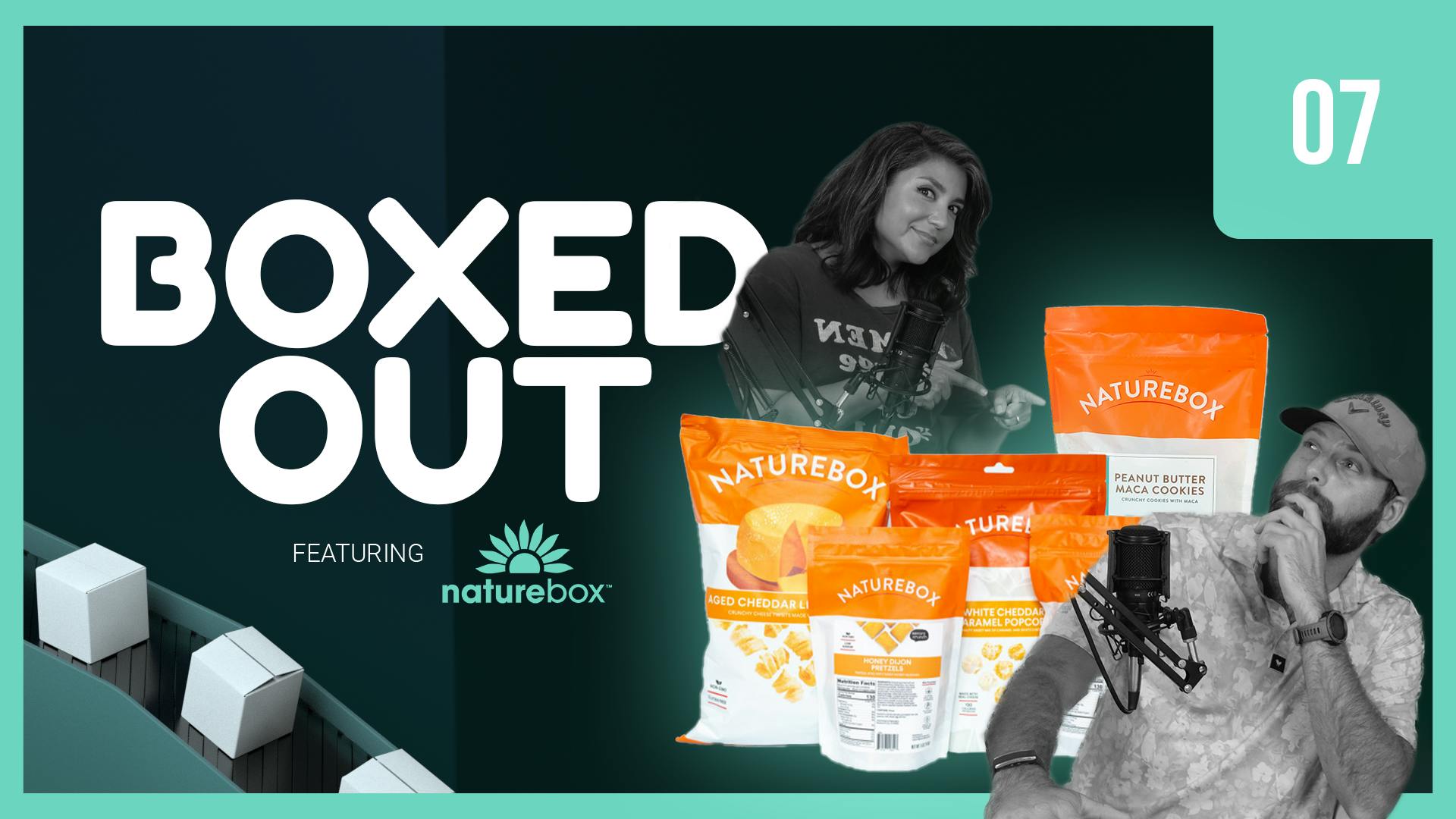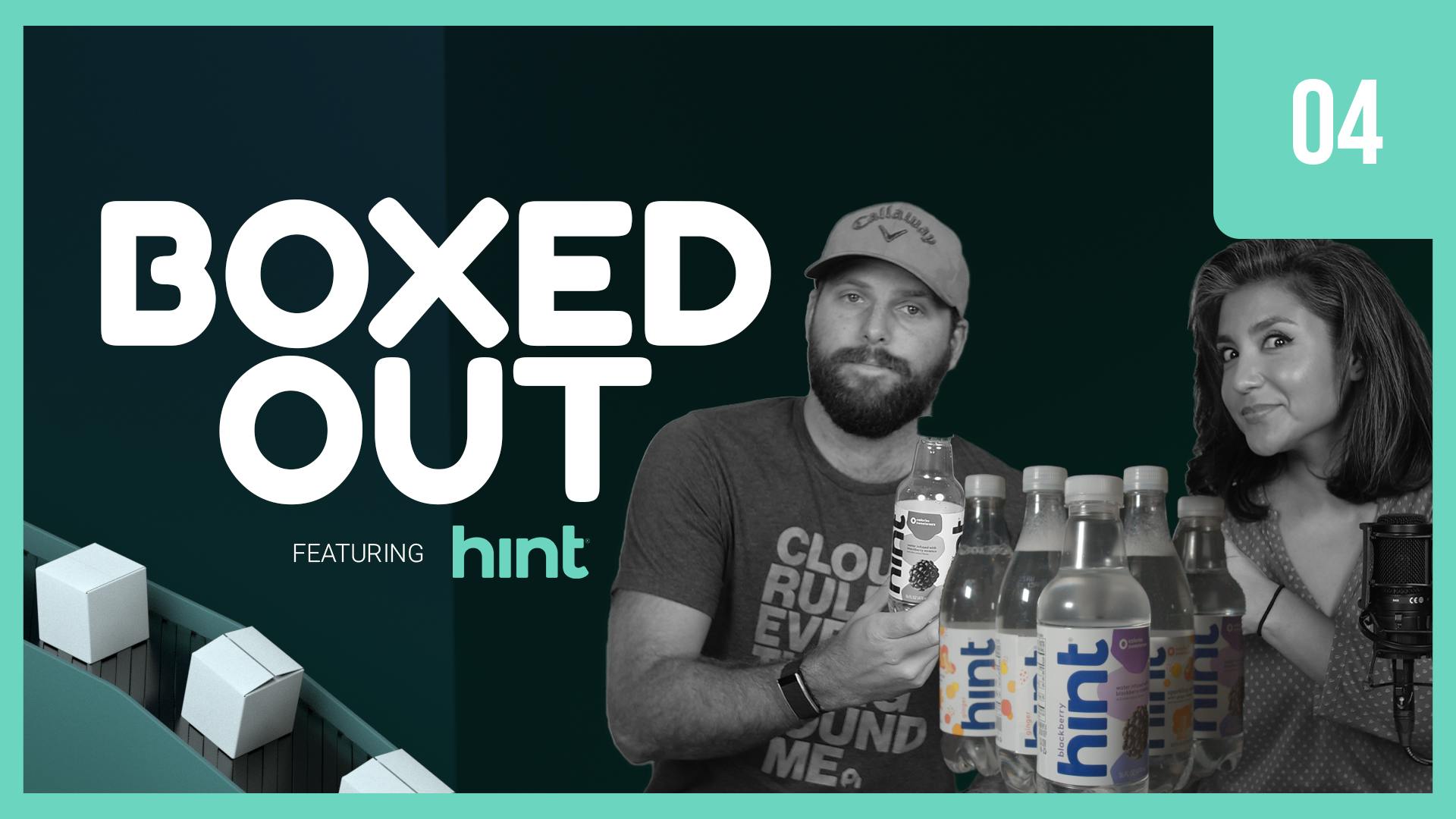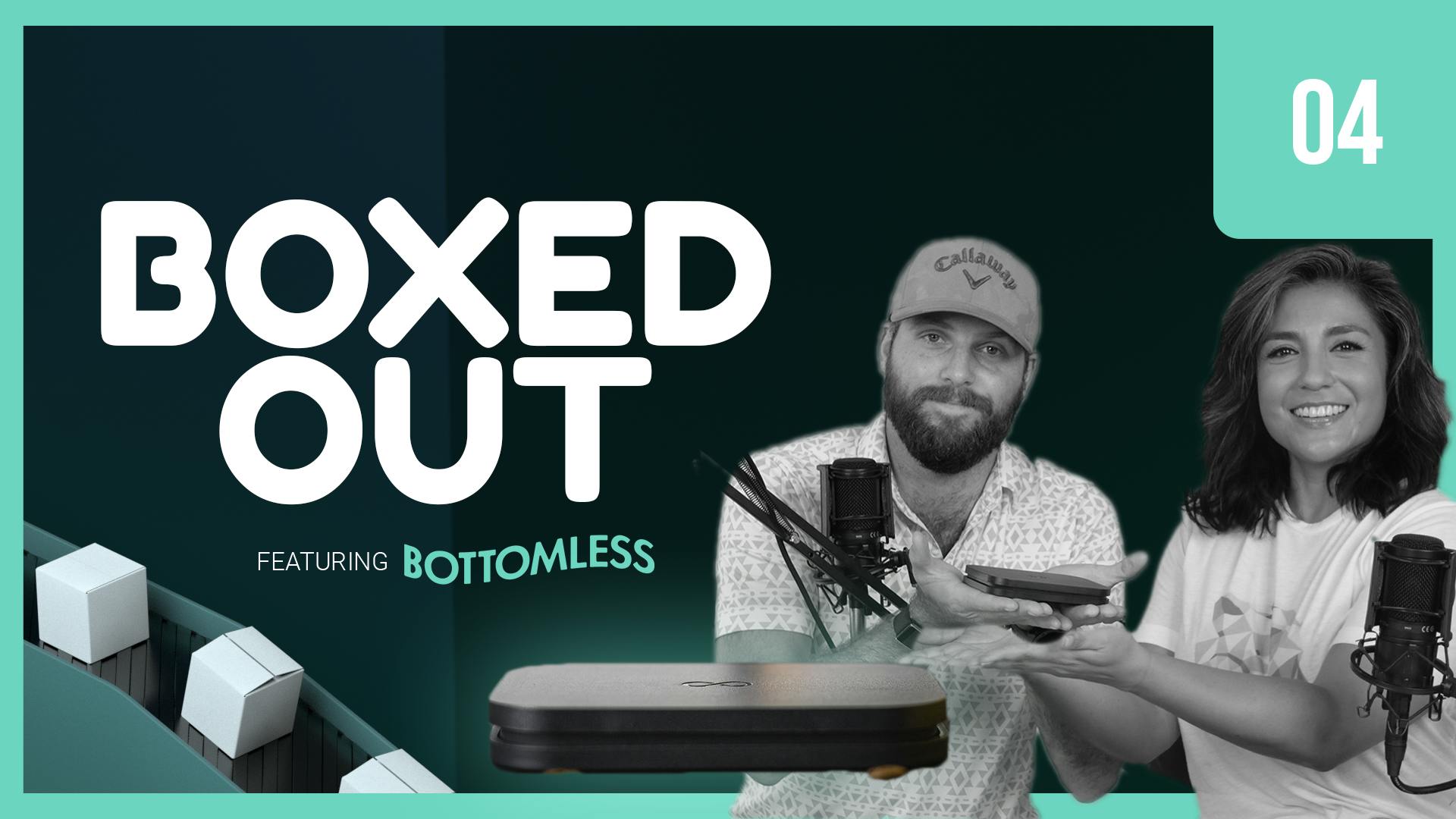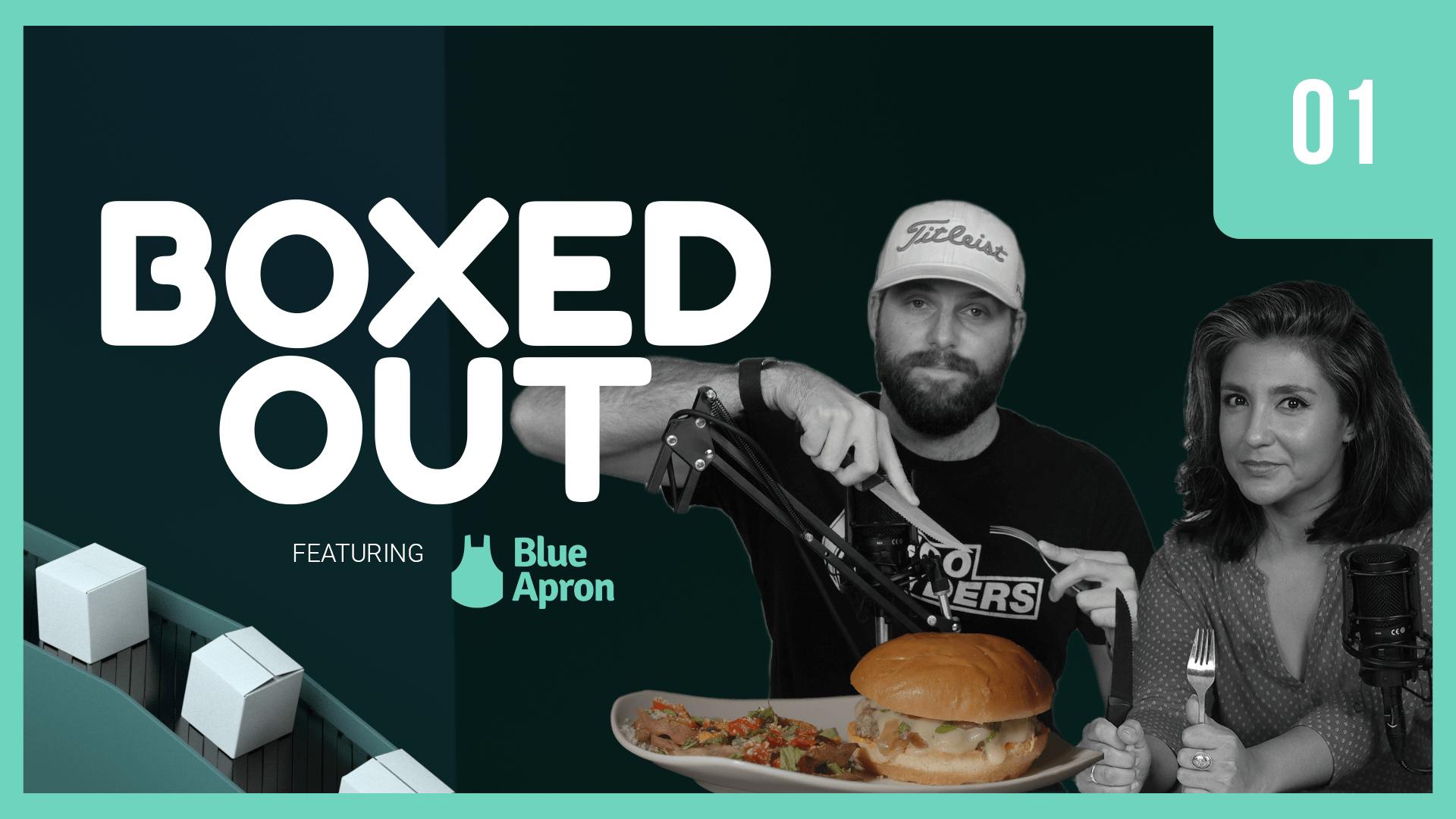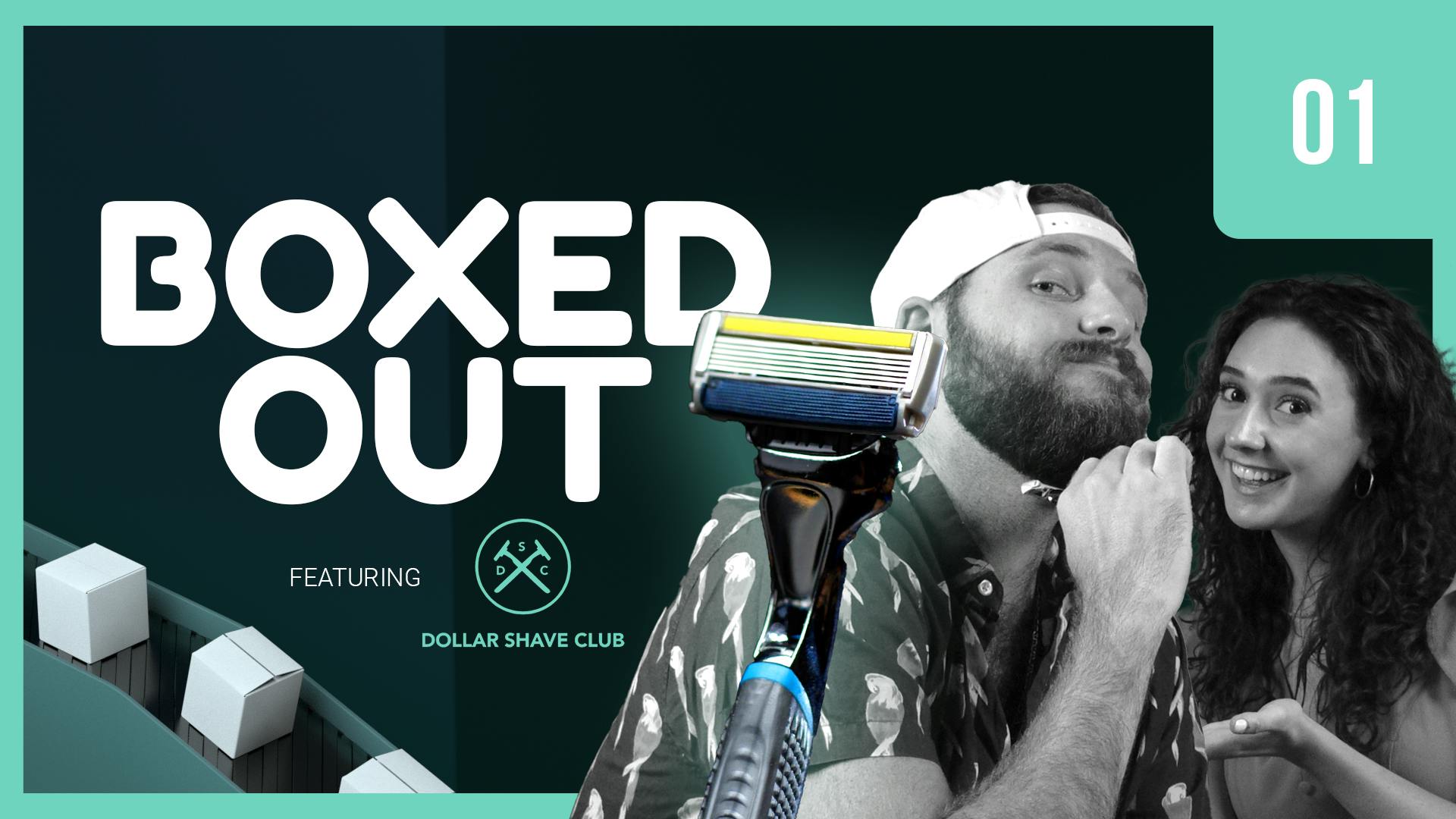
Can Gillette On Demand's retention take on another century?
This episode might reference ProfitWell and ProfitWell Recur, which following the acquisition by Paddle is now Paddle Studios. Some information may be out of date.
Please message us at studios@paddle.com if you have any questions or comments!
Today we're talking about Gillette On Demand, a company that basically invented the disposable razor market and has now jumped into the subscription space backed by over a century of brand-building. We're going to learn how Gillette On Demand utilizes their brand and great positioning, and then we're going to jump into what they're doing great—and not so great—with their subscription retention strategy, wrapping this all up into a nice case study for improvements for your own brand.
Following a century of simply being "the best a man can get," Gillette On Demand is now after the "best a man can get delivered directly to his door on a regular basis." It’s estimated that the company maintains over 50% of the global razor market share. But in a world addicted to convenience and online shopping, is their retention ready for another century?
Key takeaways:
- Offer smart incentives to stayGillette's fourth month free concept is a brilliant way to increase lifetime value and ensure that people get to the bigger orders and beyond. Remember that most customers don’t get beyond the second order, so giving them an incentive to get to the fourth order allows those customers to stick around longer and also create routine.The big thing here is to look at when most customers leave and then dangle some sort of carrot just beyond that point. You may not be able to do a full month free, but you’ll certainly be able to figure out some sort of offer that keeps people interested.
- Always include salvage offers
Remember that not all customers who cancel are lost. Sometimes it’s timing or a vacation or a whole list of things that have nothing to do with you. Instead, offer up a smooth offboarding with a one- to two-question survey on why they’re leaving that leads to a salvage offer or pause plan. It’s not a ton of friction, and it’ll reduce some churn and improve the long-term possibility of customer reactivation.
- Ensure your credit card failure process is optimized
Keep in mind that just under 40% of the customers that leave you are leaving you because of failed payments. If you don't actively work to recover these customers, you won't get them back once lost. You need to communicate with them before and after the point of failure, through email and text messages.
Gillette On Demand
Recent years have seen an explosion in subscription services catering to the grooming needs of men. These boxes, delivered on a regular basis, provide essential products like razors, soaps, and creams. Besides the obvious convenience they offer, they solve an age-old problem: going outside without looking your best.
Companies like Harry's and Dollar Shave Club have largely dominated the men’s grooming market. With their affordable pricing, quality products, and chic packaging, they've remained a cut above the rest. Partnerships with digital creators and podcasts have skyrocketed the awareness of their brands. Despite this success, however, traditional grooming companies have a decades-long head start and the funds necessary to adapt to a subscription-savvy marketplace. Enter: Gillette On Demand.
Gillette's founding dates back to 1901 and its namesake: King C. Gillette. The 20th-century shaving enthusiast saw men's grooming preferences changing and the opportunity to create an affordable, disposable razor to meet their needs. The fledgling company then capitalized on a growing population of military men's need for a clean-shaven face. Gillette wasted no time designing a compact, military case complete with insignias. They sold 1.1 million razors in 1917.
By 2005, Gillette had long been a household name and was the preferred product for many male shavers. It was then that the company merged with Procter & Gamble. The partnership placed Gillette at the center of the grooming and beauty world. Its razors and assorted grooming products were backed by tremendous marketing and production powers.
Although Gillette seems to have invented the disposable razor game, they're not immune to industry rule changes or new competitors. After witnessing the tremendous success of Harry's and the acquisition of Dollar Shave Club by major competitor Unilever Global, Gillette execs knew it was time to make the jump to subscription delivery.
Gillette On Demand's success
Gillette's foray into the subscription space has been backed by over a century of brand-building. Newer brands face the challenge of developing trust and ensuring quality—something that Gillette started doing two World Wars ago. The reputation it has already established helps to excuse some of its weaker elements, including packaging that was deemed "unattractive" by AskMen.com. It’s estimated that the company maintains over 50% of the global razor market share.
Gillette also stands out in the subscription razor space for its commitment to quality. While Dollar Shave Club quite literally earned its name by focusing on affordability, the heft of a classic Gillette razor is something that's hard to emulate. Although this makes Gillette On Demand (aka Gillette Shave Club) on the pricier side of subscription offerings, it also ensures that longtime Gillette customers continue to be satisfied... just in a more convenient way.
In a similar style to Dollar Shave Club, your first order of Gillette On Demand includes a limited edition starter kit. The first delivery as part of your subscription requires you to only pay shipping and includes two Gillette blades.
Future deliveries arrive on your schedule. And contrary to other subscription services, Gillette On Demand doesn’t only deliver on a monthly basis. In an effort to meet the unique grooming needs of each man, the company allows you to craft your own frequency preferences.
Subsequent deliveries will set you back between $16.99 and $22.45 and include your choice of razors, blades, and shaving creams. The overall cost depends on your purchasing habits and the package you choose.
After the COVID-19 pandemic fueled our collective addiction to convenience and online shopping, it would seem that Gillette effectively rose to the challenge. Following a century of simply being "the best a man can get," these razors now purport to be the "best a man can get delivered directly to his door on a regular basis." And they’re ready for another century.
Not everything's amazing about Gillette’s strategy though—but there’s still a lot to learn from them. They do a great job at really leaning hard into their customer personas with a wide variety. That being said, we need to remember: retention is key and an area where most brands mess up
Retention Review
Why is retention important?
You spend half of your budget and time acquiring customers, but to be successful, you need to keep them. The beauty of the subscription model is that the relationship with the customer is baked directly into how you make money. If that customer is happy, they'll keep buying from you in the long term. If they're upset or not seeing the value, they'll cancel—quickly.
Plus, money talks here. Subscription ecommerce companies using the tactics we're going to talk about have 2x the customer lifetime value (LTV), 2x the average order value, and 3x higher growth rates, because they're not worried about plugging a leaky retention bucket.
To highlight the importance here, let's look through Gillette's retention strategy and break down what they're doing well, and not so well, so you can learn for your own DTC business.
Retention has three parts:
- Active churn, which are customers who are actively choosing to cancel your product.
- Expansion revenue, which are your existing customers that buy more product.
- Delinquent (or involuntary) churn, which are customers who's credit card or payment has failed, which sadly is one of the largest single buckets of where you're losing money.
Active Churn
When we look at Gillette's active churn, there are so many reasons why a customer may cancel—some you can control, others you can't. We want to make sure Gillette On Demand is not only setting up their customers for long-term retention in the initial purchasing process, but that they're also collecting information on why someone's cancelling, if they so happen to, in order to get a clean cycle of retention improvement.
Gillette On Demand starts off really strong by asking customers about their shaving habits to best customize their orders. The onboarding process is laid out beautifully with images that provide an actual example to help guide users and make the experience smoother. It also makes the experience unique for each customer and creates a personal experience that keeps them coming back.
The data backs this high retention rate up, too. Those customers who go through a customized flow, even if it's simple, tend to have 10-20% higher retention rates compared to customers who are just adding something to their cart. This is according to a study we completed of 1.6 thousand subscription ecommerce companies.
The reason for this increased retention rate is that customers feel not only a connection with the brand, but the company gets closer to what they actually need versus a false positive that ends in a bad experience. In Gillette’s case, they’re able to make sure they don’t send too much product. The big takeaway for you here is to make sure you offer up some choice for your customer. Have them pick a color. Have them opt into a certain brand. Just some sort of choice will customize the experience. Bonus points if that choice and customization helps you directly keep them long term.
I also love the starter kit and gift options. It gets more buy-in and gets me hooked because I technically get a month free and get to try out the product before committing. When it comes to gifting, customers who receive a gift tend to have 20% or higher AOV and 10-15% higher retention because of the reciprocity, but it also convinces me to buy more because if I'm not paying anything for this, I might as well add more to the cart.
For your brand, use the notion of gifts properly by offering them up often. You can bake this into your margins easily, and even if they aren’t needed by the customer, if they’re positioned in the right way, they can go a long way for your retention and AOV.
Another big tactic brands can learn—I actually think it’s brilliant—is Gillette’s “fourth order free” offer. You may think this is just some run-of-the-mill promotion, but it actually goes much deeper than that. If you think about the average lifetime of a customer in subscription ecommerce, most customers don’t get beyond the second order. At least, that’s what we’ve seen in the benchmark data. What Gillette does here is give you the fourth order free, which gives you an incentive to get to at least the third order. When that fourth order comes around, it almost feels like a new cycle.
We really can’t stress how cool this is, and while you may not be able to give a whole order away for free, if you have proper measurement of your margins and numbers, you’ll be able to fit some sort of offer right beyond the point where most customers will drop off.
Not every customer will be swayed by this tactic, but enough will to make it worthwhile and you’ll be able to use this carrot if someone tries to cancel. Absolutely brilliant.
Expansion Revenue
Expansion revenue is crucial, because your existing customers are more than willing to buy 3x more from you—you just have to make sure to ask. Plus, those customers who have at least one add-on or additional purchase tend to have 18-54% higher lifetime value, meaning they're paying you more over the life of the subscription, but they're also sticking around longer, because they're more ingrained within your product.
One thing that’s great is Gillette’s extensive list of add-on products within the checkout flow. They have a huge variety of additional products to compliment your razor. And add-ons are one of the most underutilized tactics of subscription companies. Lifetime value for customers with at least one add-on is typically 18-54% higher than those without, not only because the customer is buying more, but because they tend to stick around longer.
I was actually anticipating these add-ons being a mess, because Gillette has been around forever, but they offered them in a pretty clean way. Gillette’s also the king of variety and design when it comes to their razors. There are a ton of styles-some have four blades, some heat up, some are for sensitive skin. It's a lot of marketing by features, which makes me think: do I really need all this? No, but plenty of customers will want the unique designs or features anyways.
The big takeaway for your brand is to provide some variety even if your product isn’t a commodity. People like to opt in to unique offerings.
One thing that wasn’t so great was Gillette’s “shipping soon” email and post-purchase landing pages. With all these add-ons, there should be promotions basically everywhere throughout the experience—within reason, of course. Putting one-click add-ons and upgrades in those two places will help Gillette take full advantage of all these add-ons.
It’s important to look at all the functional or mechanical touch points of a customer and think about how you can turn those into moments of delight or moments for upgrades. Both are good strategies and serve purposes related to retention.
Credit Card Failures
Now let's talk about the sexiest topic in the world—credit card failures. We know you don't wake up sweating in the middle of the night thinking about credit cards—that's our job—but here's why we obsess over things like this: just under 40% of the customers that leave you are leaving you because of failed payments. To get these folks back, we want to make sure Gillette is treating these folks like a marketing channel, sending them messages before the point of failures, all the way to after the point of failure through email and text messages.
This is where Gillette On Demand needs the most improvement. First, they need to get rid of the heavily designed “market-ey” emails we received to notify us of our credit card failure. They didn’t look bad, but the issue is that these types of emails heavy on graphics perform very poorly. They get 50% lower engagement than plain text emails because they’re easy to ignore. Instead, plain-text emails should be used and they should appear to come from an individual person. These types of emails work better because they create a reciprocity feeling with people you reach out to who don’t want to let someone down or, at the very least, can’t ignore the problem.
I also trust that Gillette can imbue a lot of value into these plain-text emails to keep people coming back by updating their payment information. They just need an intelligent drip of four to five emails with some SMS messages built in as well, since SMS messages get 90% open rates within three minutes.
Gillette sent us a lot of promotional messages, and I’m actually still receiving them. They should at least ensure to use SMS for credit card failure messaging as well. Another big problem we ran into with Gillette On Demand is they force you to log in to update your credit card information. This is a very weak experience because most people don’t remember their passwords for subscription ecommerce products, and this amount of friction in general leads to lower recovery rates. The best brands out there don’t make you log in to update credit cards.
And the last thing that Gillette needs to improve is their retry logic. For a brand as big as Gillette On Demand, their retry logic wasn’t great. There's 130-plus reasons why credit cards fail, many of which have nothing to do with the customer. Gillette On Demand should be retrying these cards more and letting their customers know about these retries. Rather than a few retries that are random, we recommend making sure these retries happen at opportune times.
Overall:
Overall, Gillette is probably about average compared to what we see from other subscription ecommerce brands. There are some highlights as part of its process, but also some lowlights. There's a good amount of work to be done. They just need to take the talent they've applied to the brand, product, and experience and apply it more to the retention side of their business.
Retention Revamp
Let's revamp. First though, why do we feel we have any authority to even talk about this? Roughly 20% of the entire subscription market is using ProfitWell, so we're sitting on more data than anyone else. Simply put, we have the data to know what works and what doesn't, and we care more about this problem than anyone else out there.
Let's walk through what we'd steal and what we'd change immediately about Gillette's retention strategy, so we can all learn for our own brands.
Steal it
Gillette's fourth month free concept
The big thing to steal is the fourth month free concept. It’s a brilliant way to increase lifetime value and ensure that people get to the bigger orders and beyond. Remember that most customers don’t get beyond the second order, so giving them an incentive to get to the fourth order allows those customers to stick around longer. This also gets customers more and more into a routine using your product. Obviously, people in a routine are going to stick around longer.
Your company’s experience will be a bit different because your numbers are different, but the big thing here is to look at where most customers are leaving and then dangle some sort of carrot just beyond that point. You may not be able to do a full month free, but you’ll certainly be able to figure out some sort of offer that keeps people interested.
Change it
Optimize cancellation flow
In terms of what we'd change, a big piece is going to be that cancellation flow. Right now, they're just letting you walk away when you go to cancel, and I have a feeling it’s because they just haven’t put any effort here. They’re definitely losing a lot of revenue. They do offer up a pause plan, but there’s no salvage offers or other mediums to keep you around.
Not all customers who cancel are lost. Sometimes it’s timing or a vacation or a whole list of things that have nothing to do with you. Instead, offer up a smooth offboarding with a one- to two- question survey on why they’re leaving that leads to a salvage offer or pause plan. It’s not a ton of friction, and it’ll reduce some churn and improve the long-term possibility of reactivation.
We’ve found that those companies that properly offer up salvage offers and a clear offboarding experience tend to save 15-30% of cancellations.This is based on a study we completed looking at just over 1,000subscription ecommerce companies.
Upscale credit card failure process
Gillette On Demand needs to upscale their credit card failure process. They aren't a small brand anymore and should stop acting like one with their current process because they're losing a lot of money by doing the bare minimum.
They need four to five plain-text emails that go out in an intelligent drip based on the customer's behavior after they realize the card's decline. Those obviously don't continue to send out when a credit card gets back on file. They need SMS messages as part of this flow, and they need to liven up their credit card form a bit more to properly capture the user in a more secure and pleasing way. With some of these changes, they likely could double their recovery rate.
Who's up next?
Next week, we're going natural and breaking down another food box with NatureBox. NatureBox has become popular by offering sleek, sustainable, and healthy food options delivered right to your door. Can’t wait to compare and see what they are getting right and wrong with their retention strategy.
